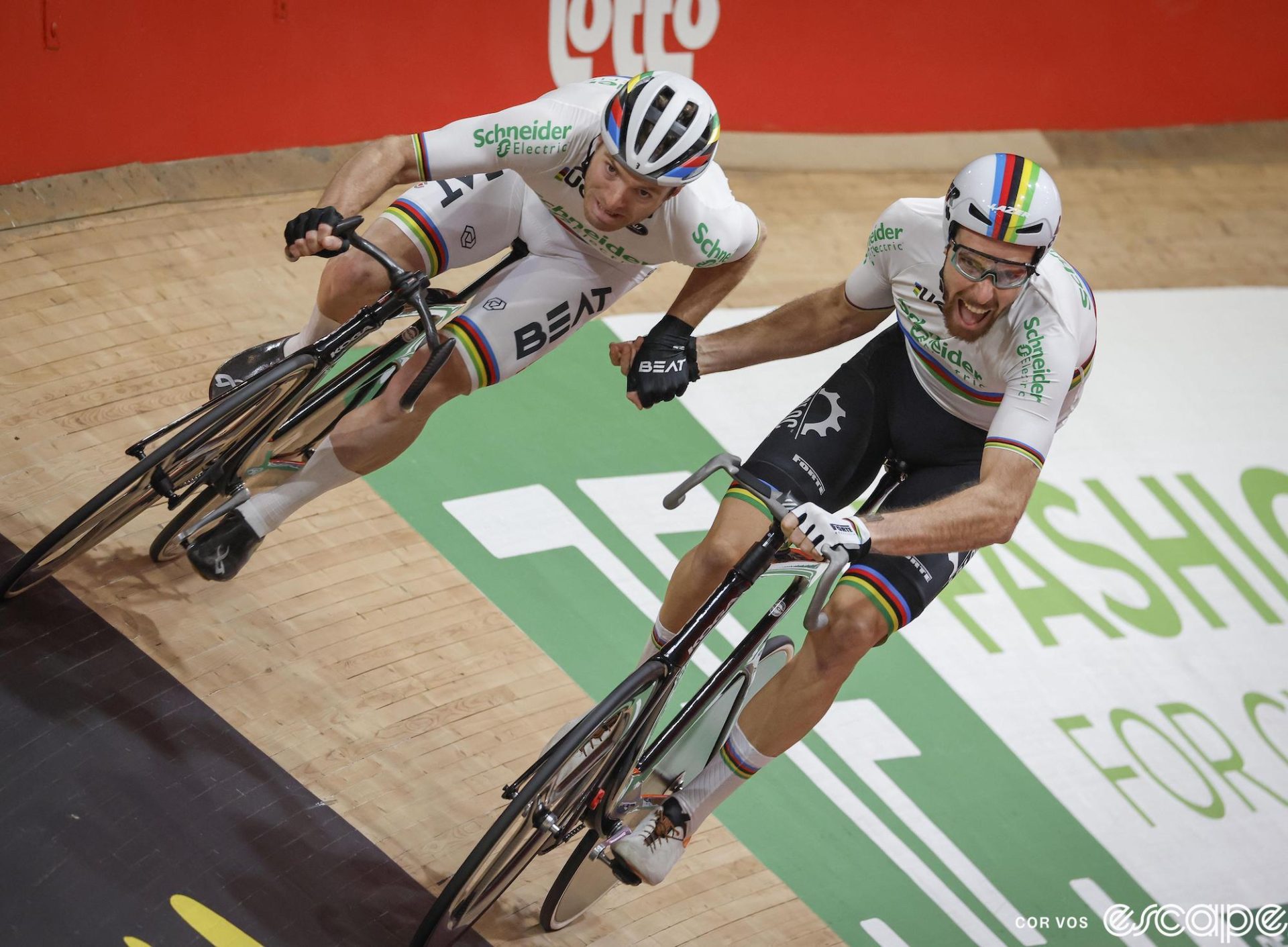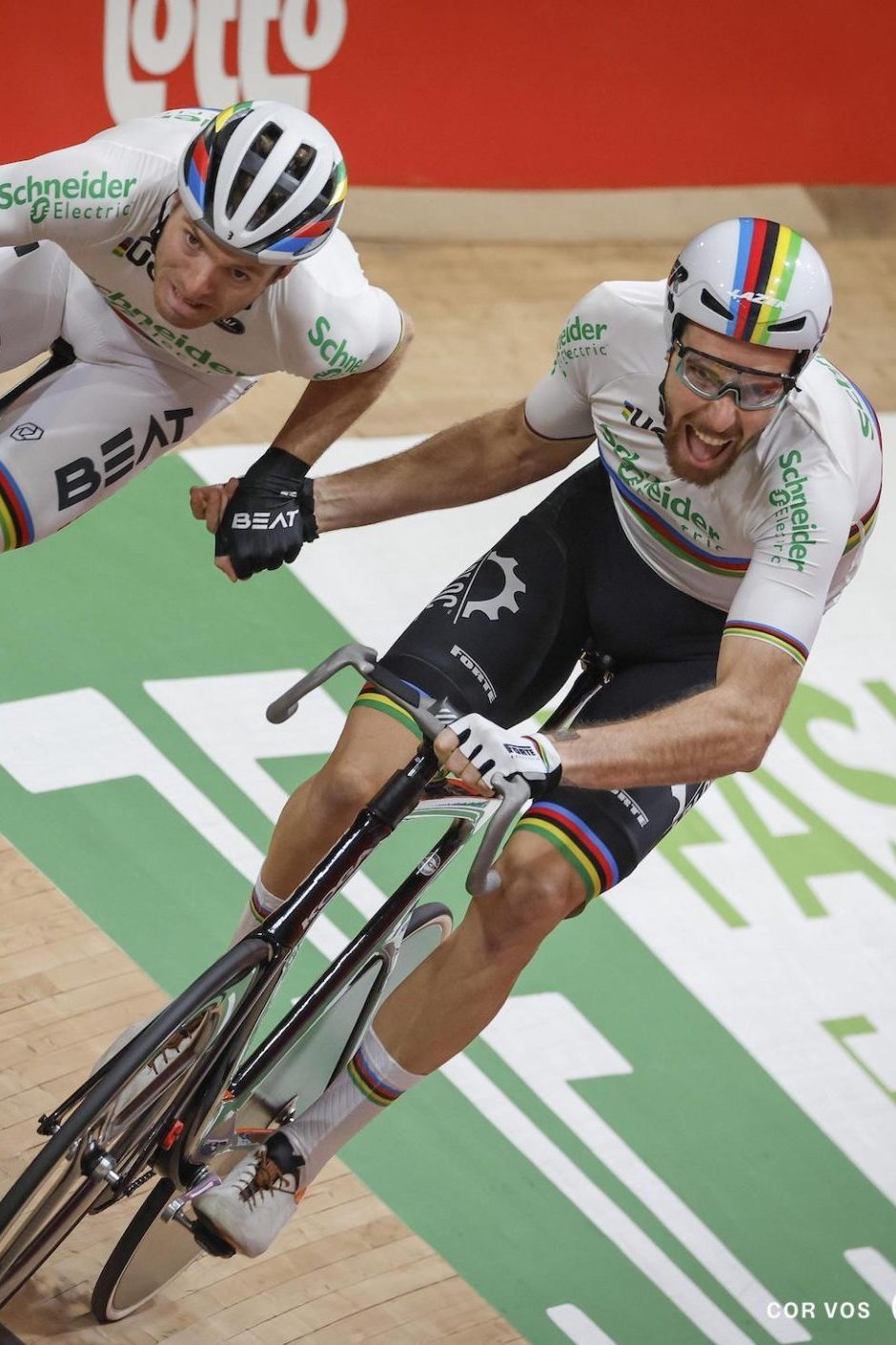Winter is indoor track season. The UCI Track Champions League is in full swing, of course. But there’s also an echo of a time past, when track racing was bike racing, and on the boards indoors was the place to see and be seen. Last weekend was the Six Days of Gent, one of the oldest events in the sport that is still run today.
The inaugural Gent Six was held in 1922, won by Marcel Buysse and Oscar Egg, one of the earliest animators of the World Hour Record, a decade earlier. The event has seen several years-long periods where it wasn’t held but, excepting the 2020 edition, it’s been held every year since 1965 (the 2006 edition was cancelled after Isaac Galvez tragically died following a crash).
Six Days racing is far older than even Gent’s impressive history. The first event was almost 150 years ago, when David Stanton rode 1,000 miles in 73 hours to win a bet. They began to grow in popularity when New York City hosted its first Six, in 1891, and although the earliest events didn’t feature racing 24 hours a day, the format – where the rider who rode the most laps won – led quickly to that exact result. It also led to widespread drug use including of such baroque substances as cocaine, nitroglycerine (an ingredient of dynamite but also used to treat angina), and strychnine (aka rat poison).
The two-rider format that exists today was introduced around 1898, due to laws passed in New York and Illinois that were partly a response to the sport’s inhumane demands; essentially, each rider on a team was reduced to racing “only” 12 hours a day. The two-rider team system led also to the introduction of the sport’s signature session, the Madison, with the hand slings that mark one rider’s entry and another’s exit into the multi-lap race. As legend has it, the event got its name from the original Madison Square Garden, built in 1895 in part for bike racing.
Why six days and not a full week? That was due largely to observance of the Sabbath, and races would start with a Saturday night prologue before resuming again on Monday. Particularly in their heyday, Six Days were equal parts sport and spectacle. They attracted huge crowds, had a booming parimutuel business, and media and fans thrilled not just to the athletic feats but the gruesome crashes. Bobby Walthour, the American star of the 1920s, reportedly broke his left collarbone 18 times and his right 28 times and suffered 32 fractured ribs over the course of his career.
You’ve no doubt heard of the wild popularity of Six Days racing, but it bears a mention. In its day, in the 1900s through the 1920s, the riders were among the most highly paid athletes of the time, earning far more than even stars of sports like baseball. Top professionals like Walthour and Alf Goullet of Australia could make US $500-$1,000 a day to appear, or around $15,000-$30,000, adjusted for inflation. That didn’t include prize money. (Major Taylor, the iconic Black American racer, was primarily a sprinter and didn’t contest Six Days.) Races were a social scene; the NBA courtside cameo shots of today were replicated a century ago as actors, singers, and star athletes from other sports were regular attendees.
The format began to fade even before World War II, but many races never came back or faded shortly after the conflict – Chicago stopped in 1948, the iconic New York event ceased after 1950. European racing continued on but, by the end of the 1960s, the rise of road racing’s “golden age” and other sports – both football and American football especially – eclipsed bike racing with their shorter, TV-friendly formats. As Sixes’ prominence faded, so did their attraction to bike racing’s top stars. Most track racers today are far more focused on the Champions League and Olympic-level events. And road stars looking for a winter fitness boost are today more likely to simply train on the road, but Sixes do see competition from a number of names from the peloton that are recognizable to fans of road racing.
There have been short-lived attempts at revivals, including in the 1980s; in 2016 the current promoter, Madison Sports Group, initiated a series of Sixes at venues that largely stuck it out through the sport’s nadir: Gent, Berlin, Zurich, Amsterdam, and Copenhagen. But even there, interest flags: Copenhagen hasn’t had a Six since before the pandemic; Amsterdam stopped after just one round. It probably doesn’t help that MSG’s web site is slow to load and doesn’t even have complete information on the series, much less results (the next round is late January, in Berlin).
In a modern backdrop where 15 seconds is a standard video length on social media, the idea of a multi-day track race seems quaint, a relic of a time when the heroic worldbuilding of newspapers could condense hours of racing into a single narrative arc, and when our attention wasn’t pulled a thousand different directions. But a look at the Gent crowd, at least, shows that the faces are not all lined and top with white hair, and therein maybe lies a little hope that, if Sixes won’t ever regain their one-time glory, there may be enough redoubts that it will not fade forever.

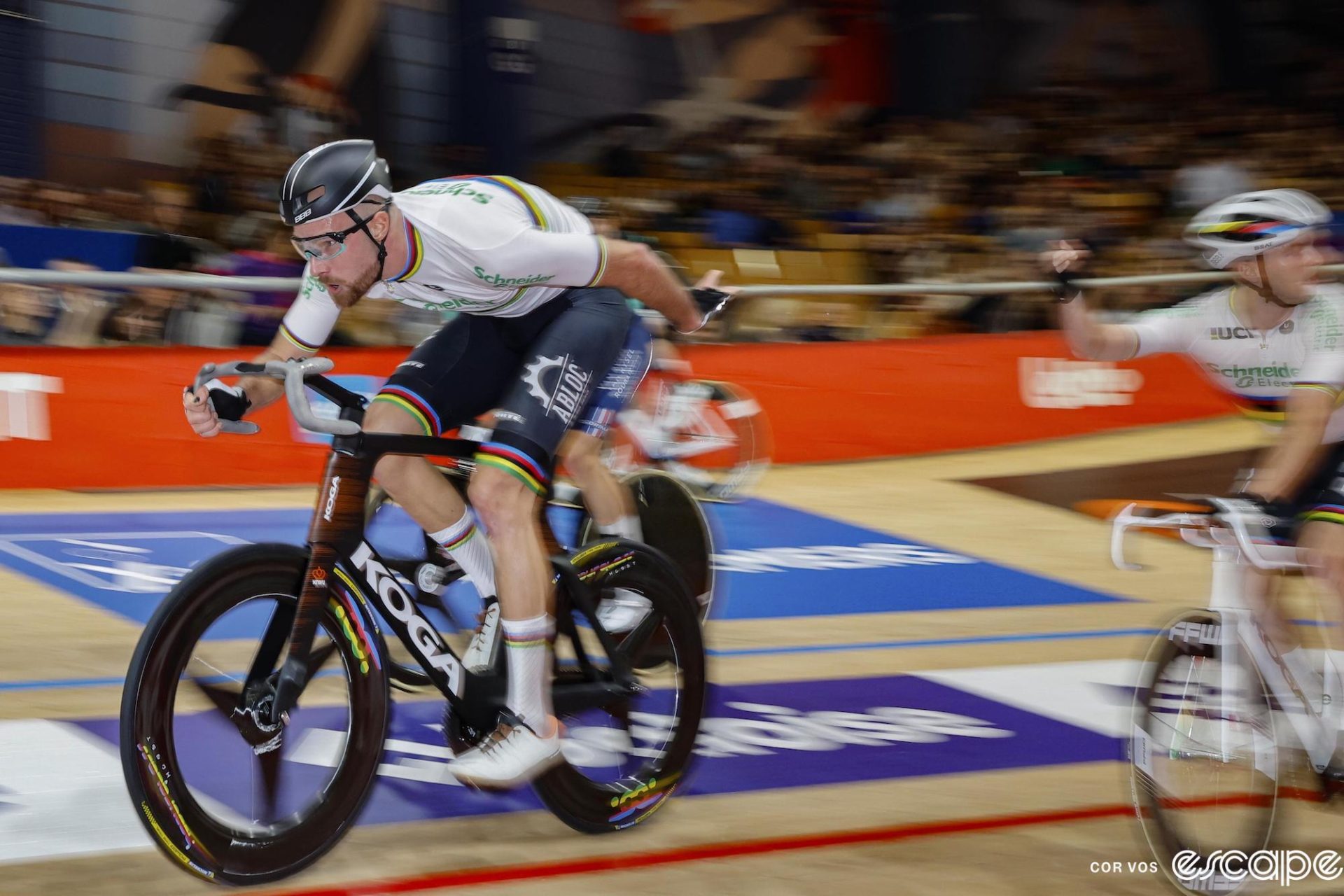
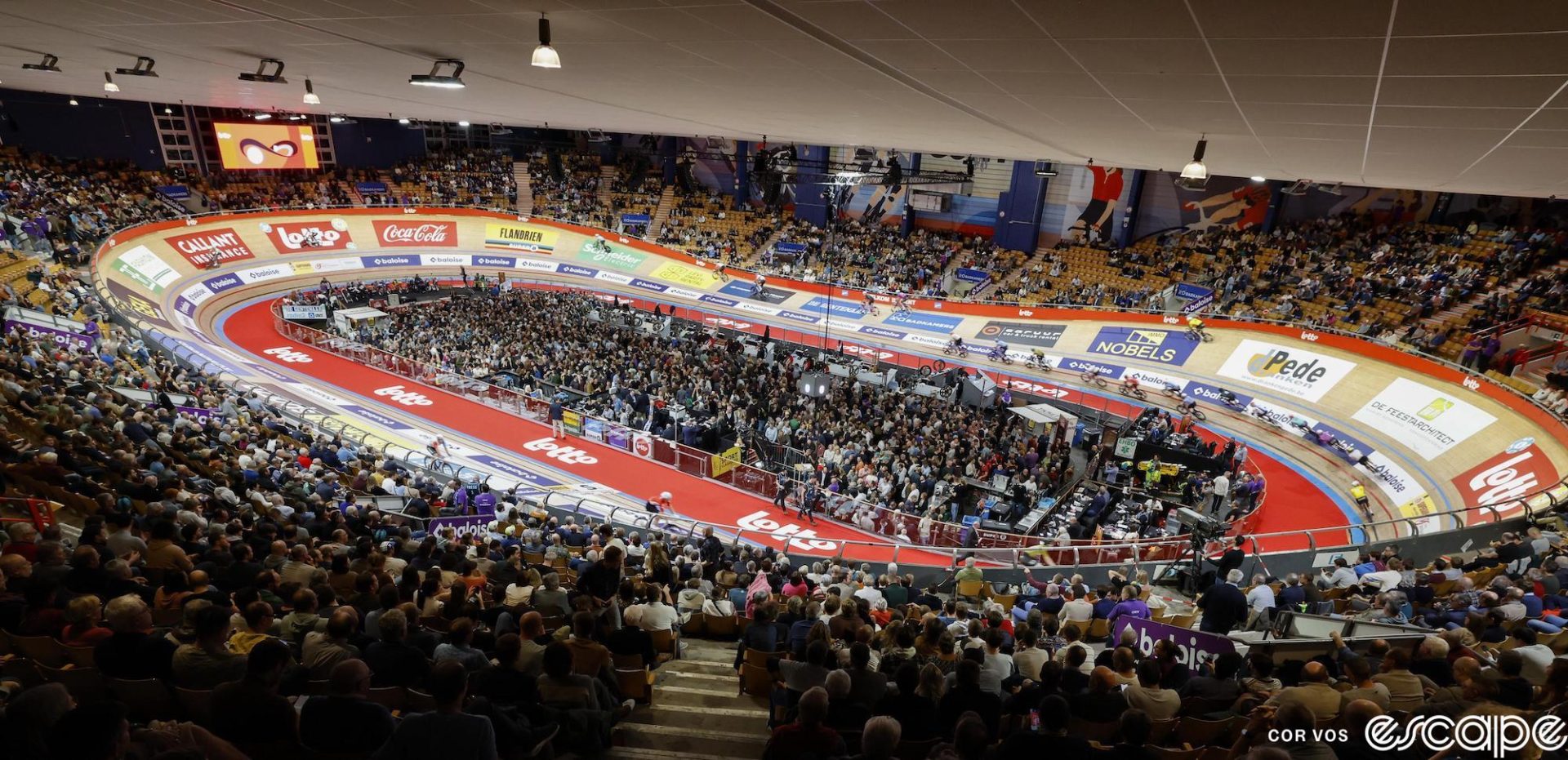

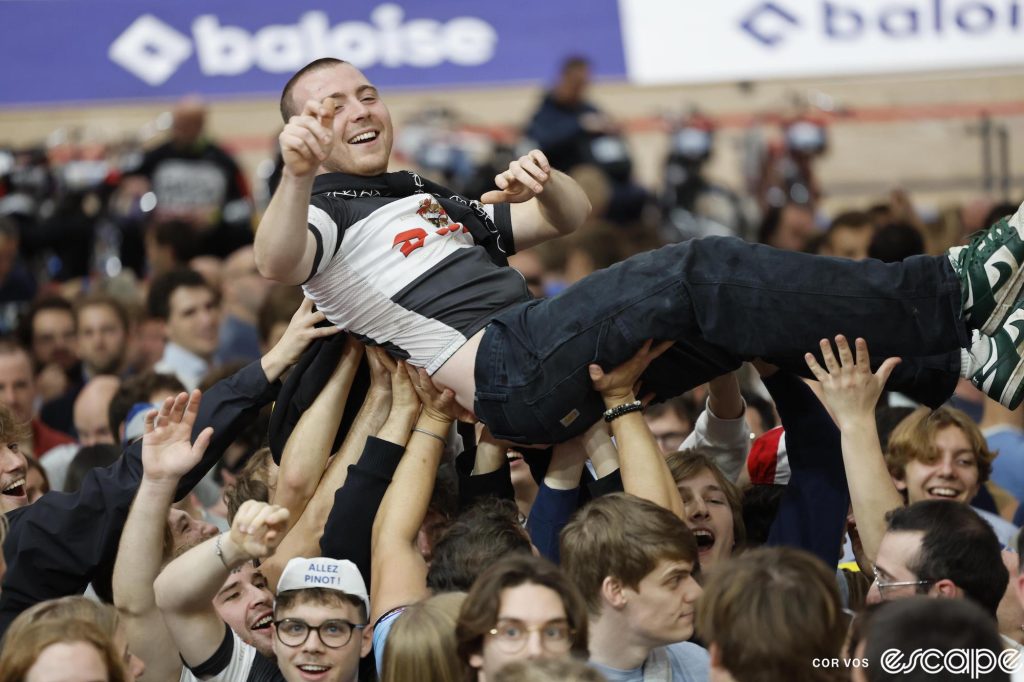
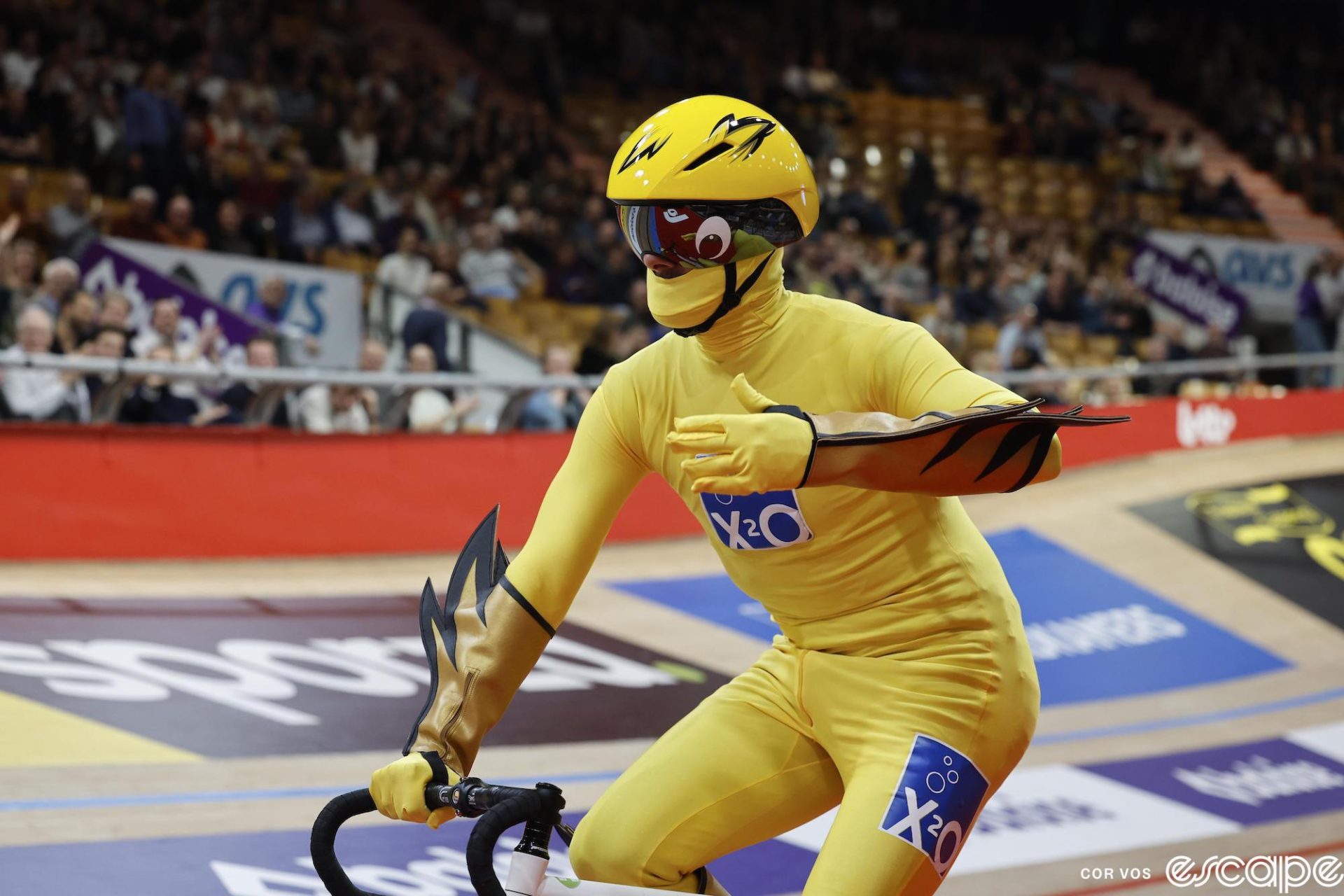
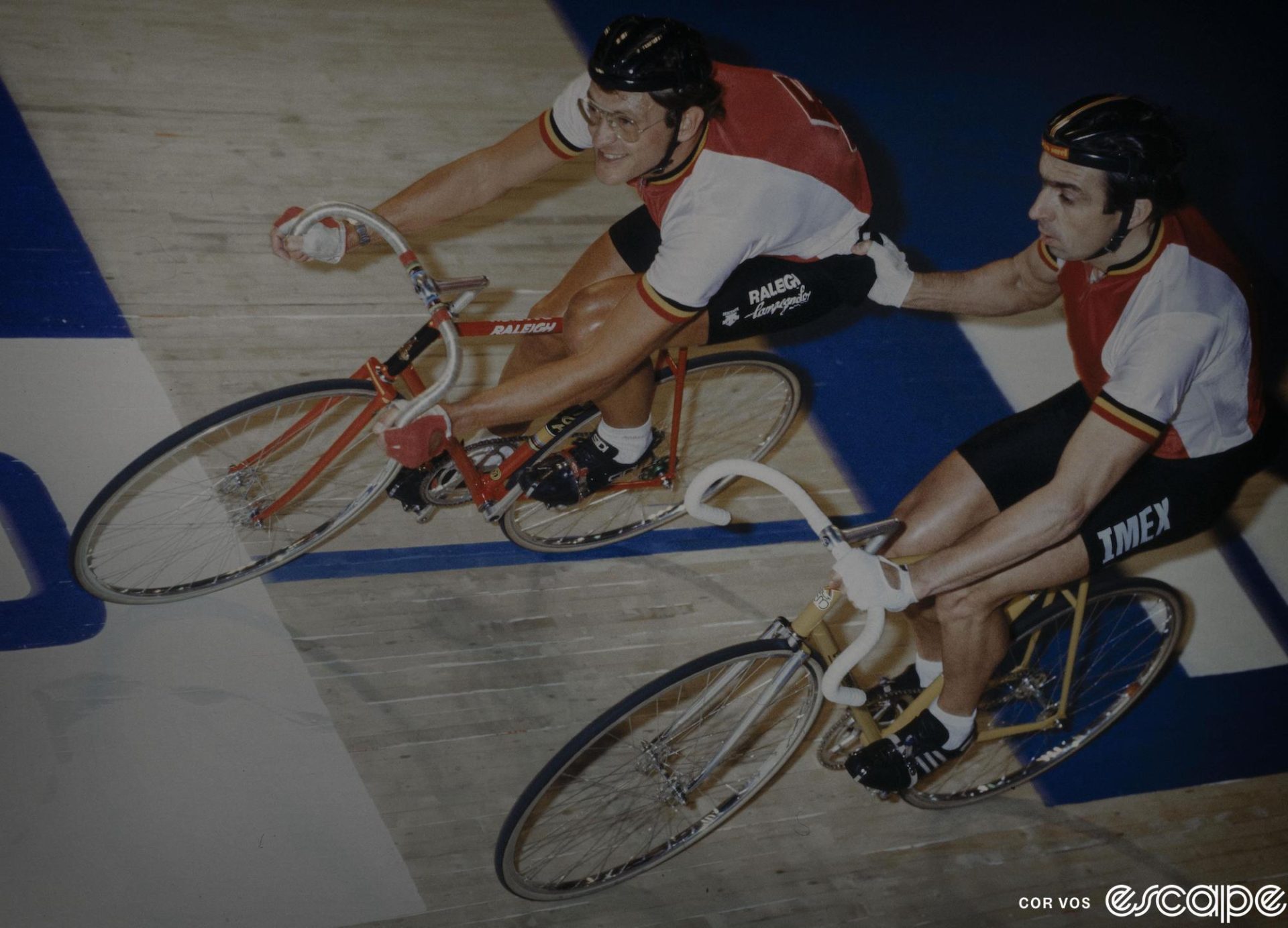

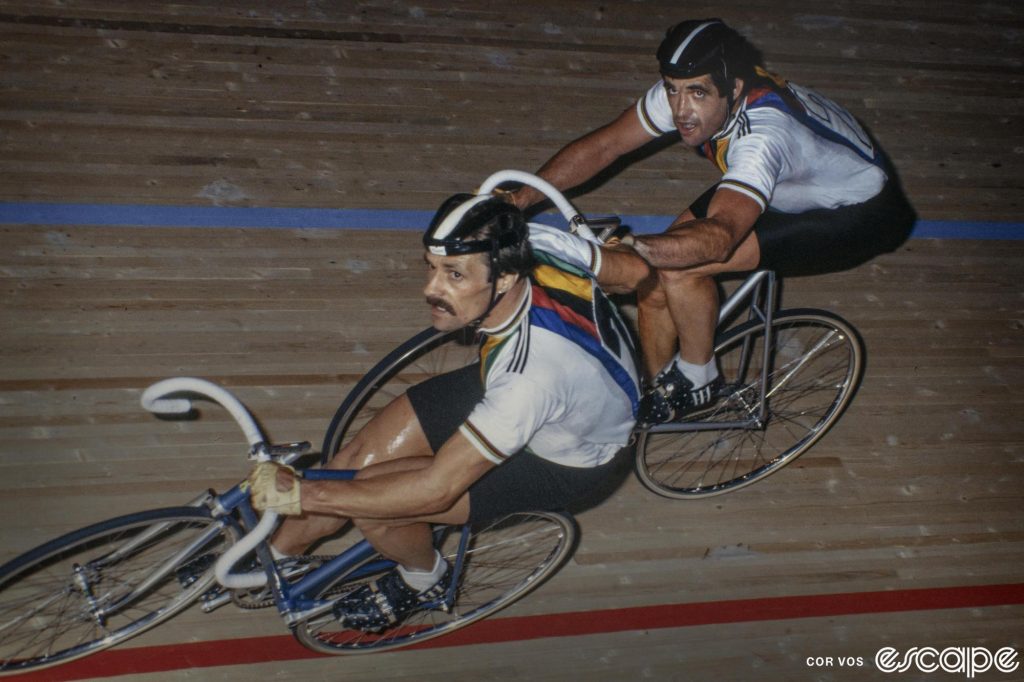
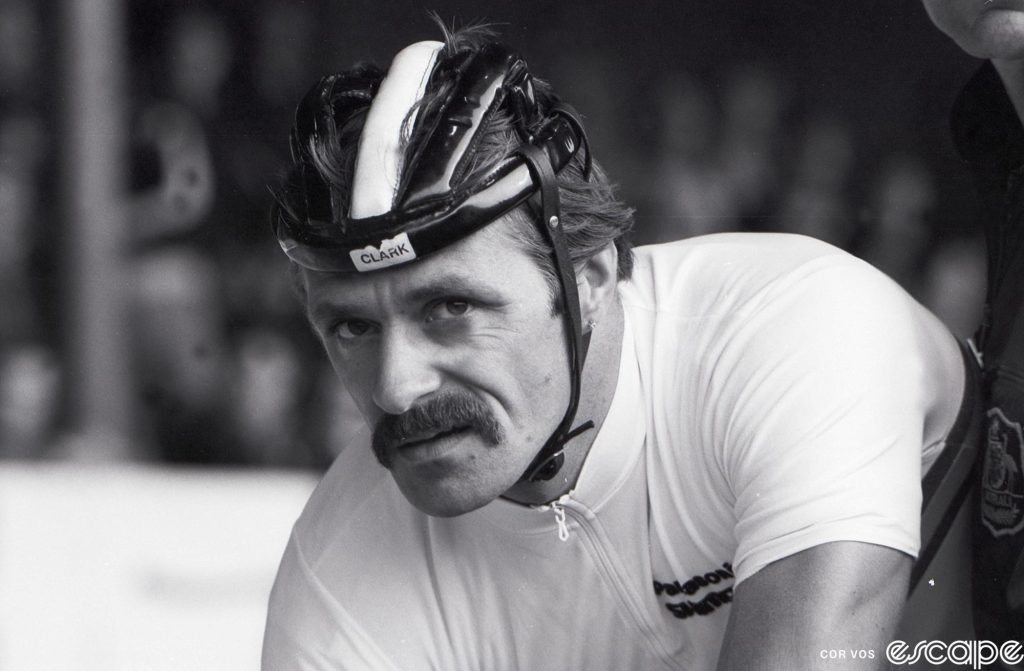

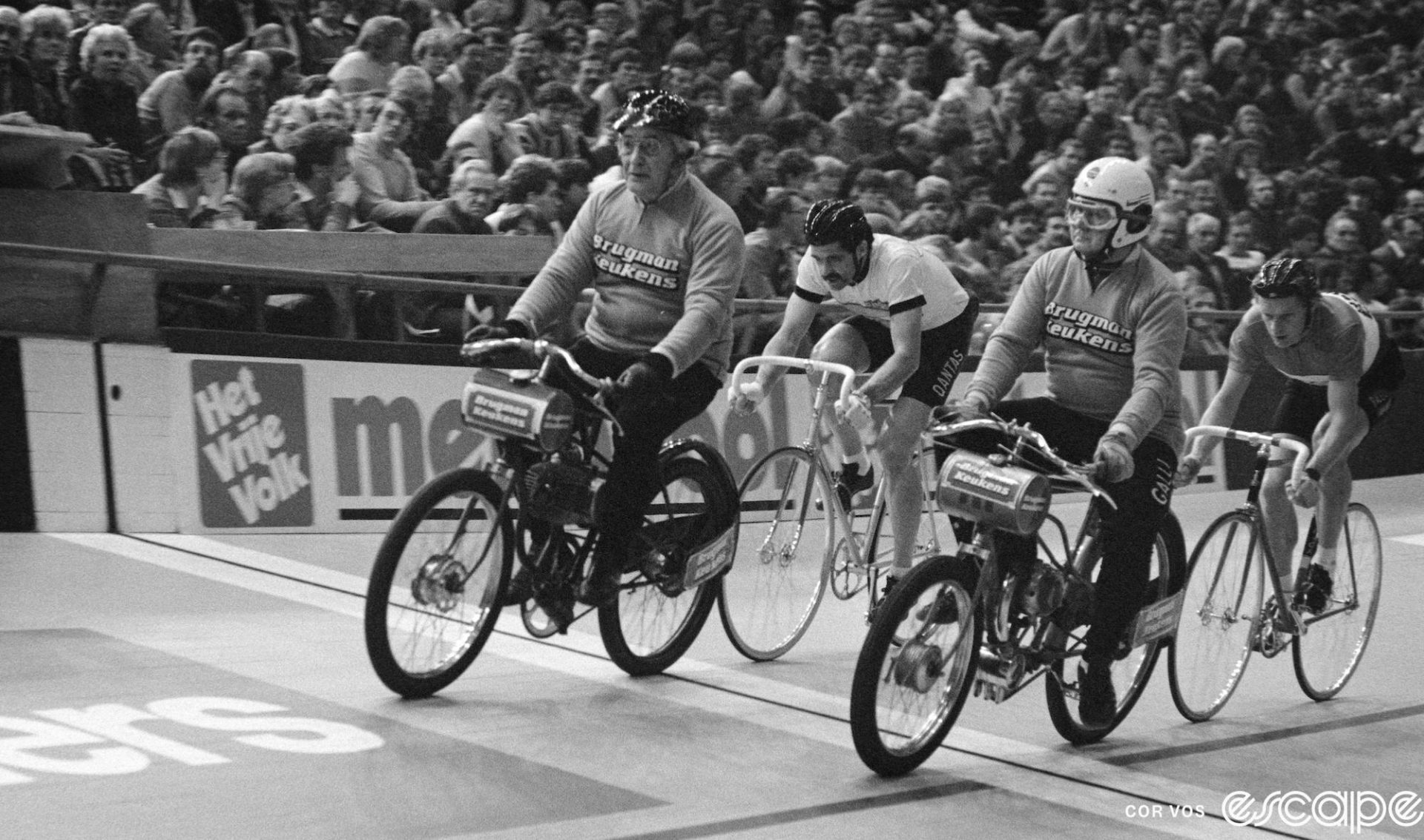
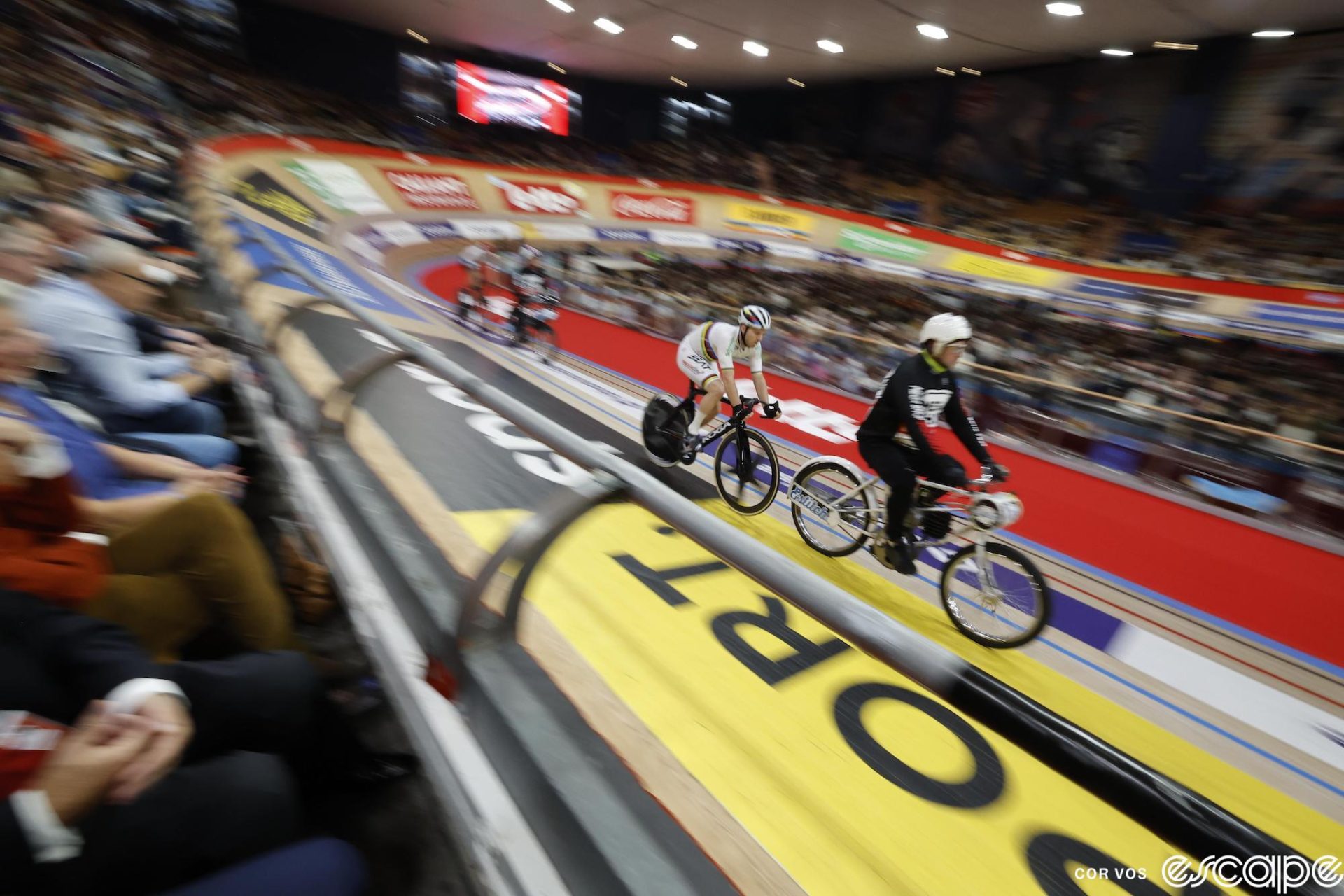
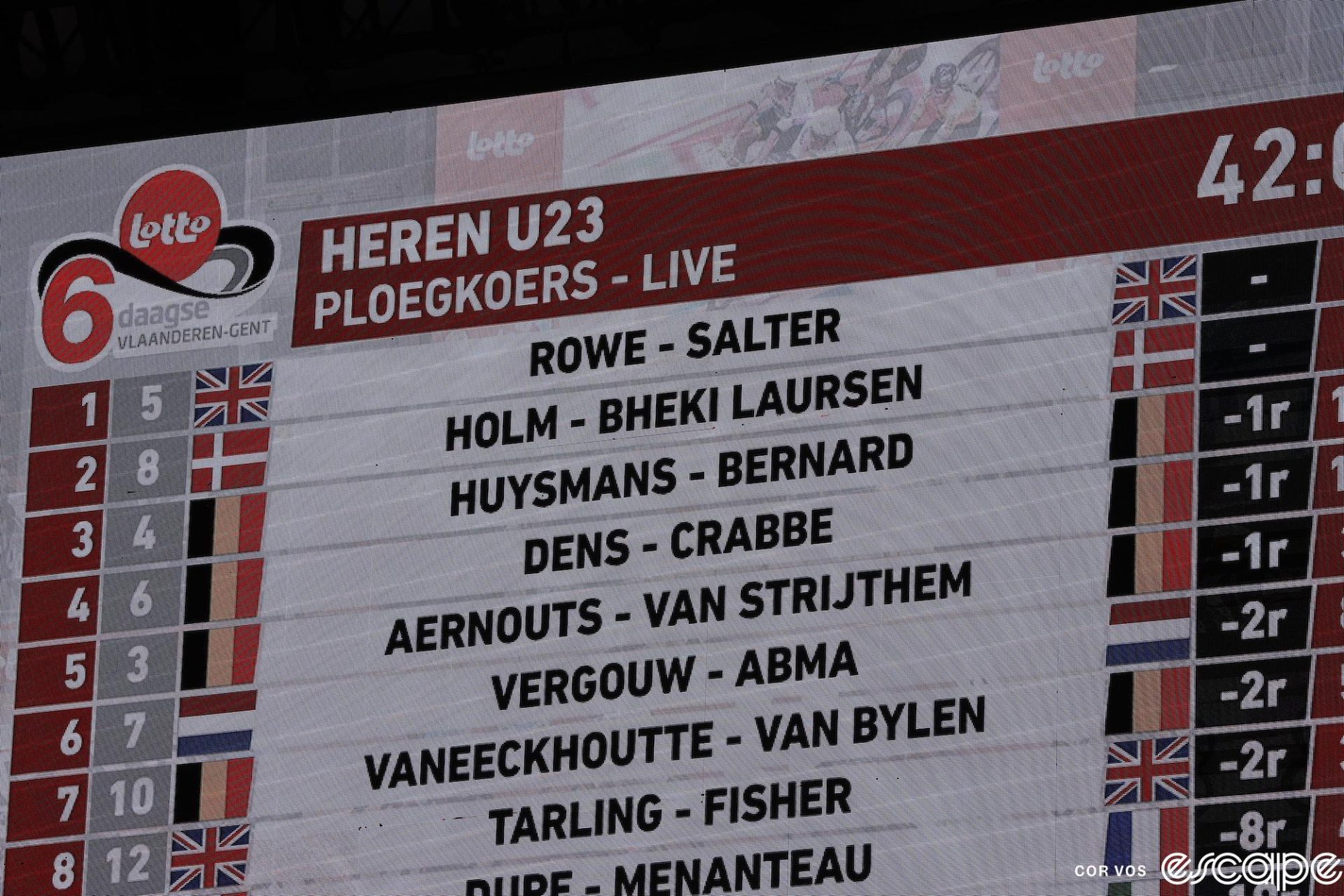
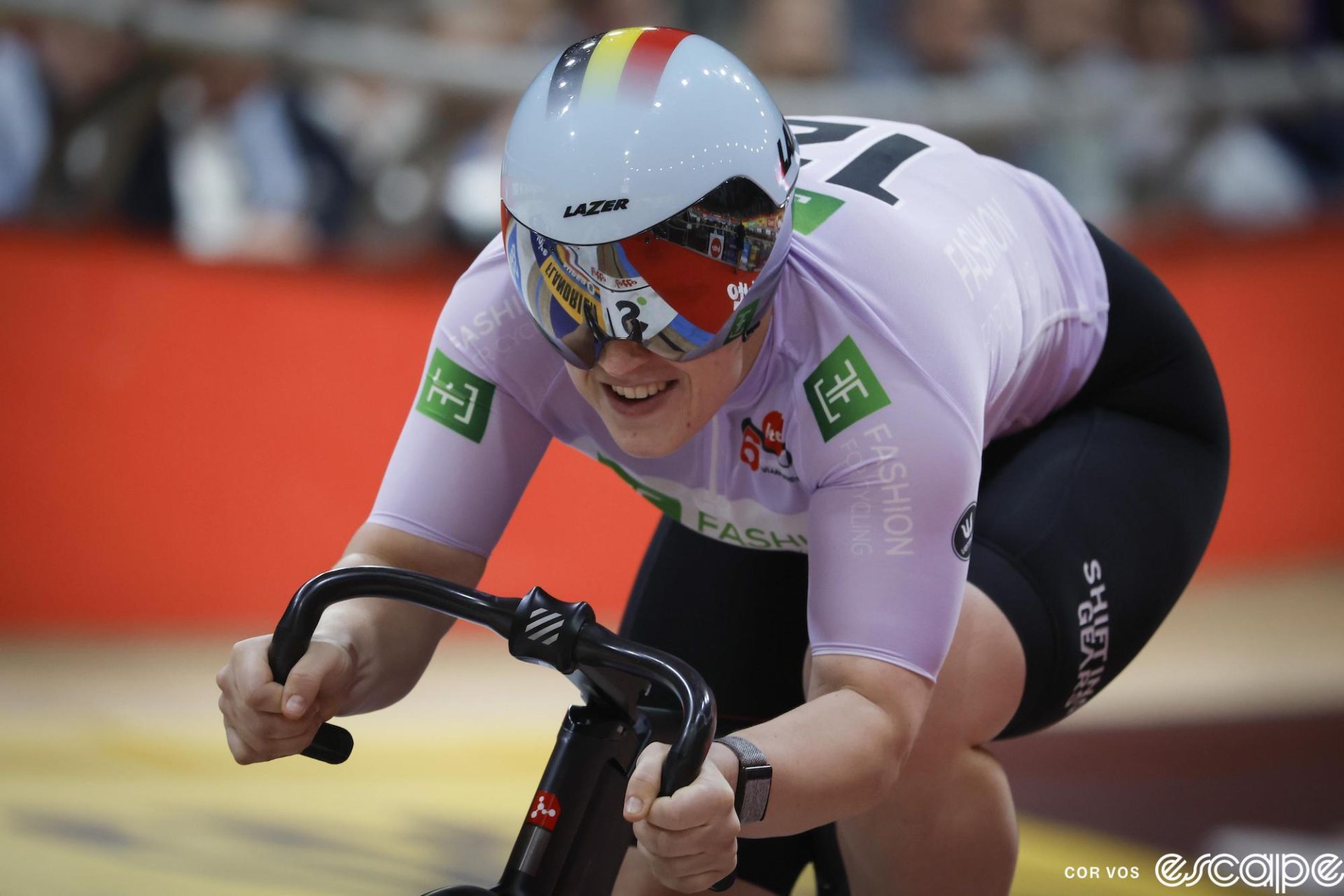
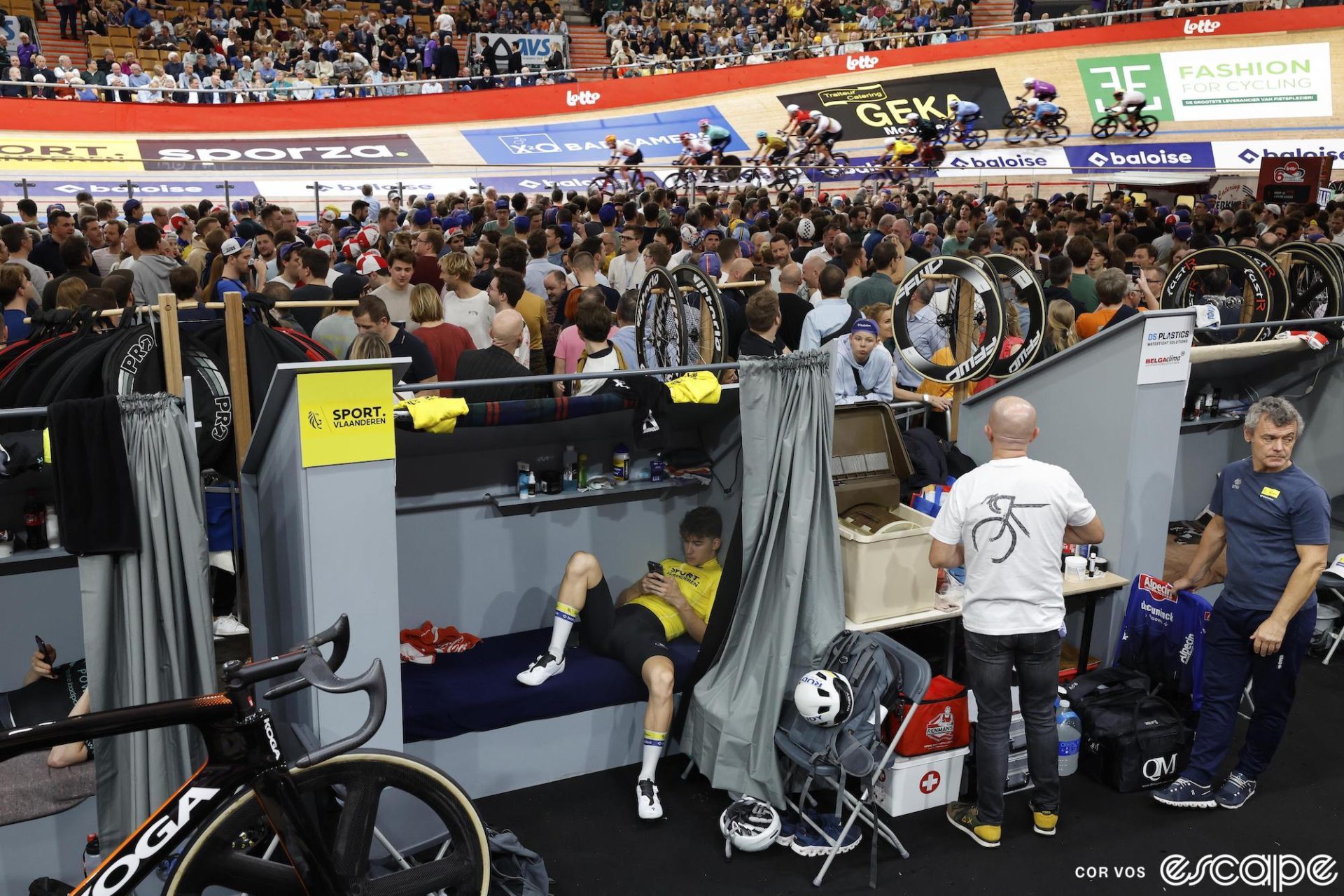

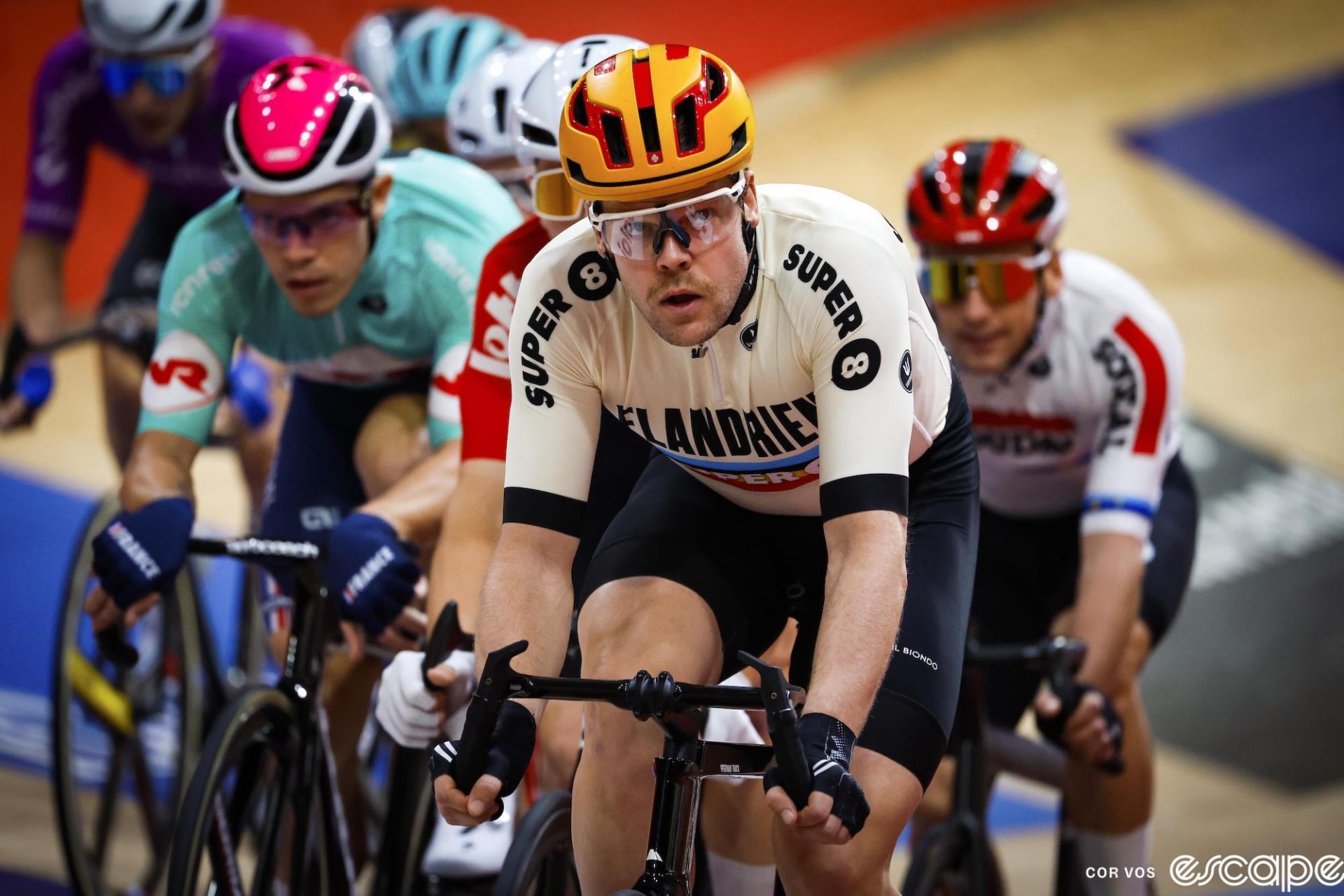

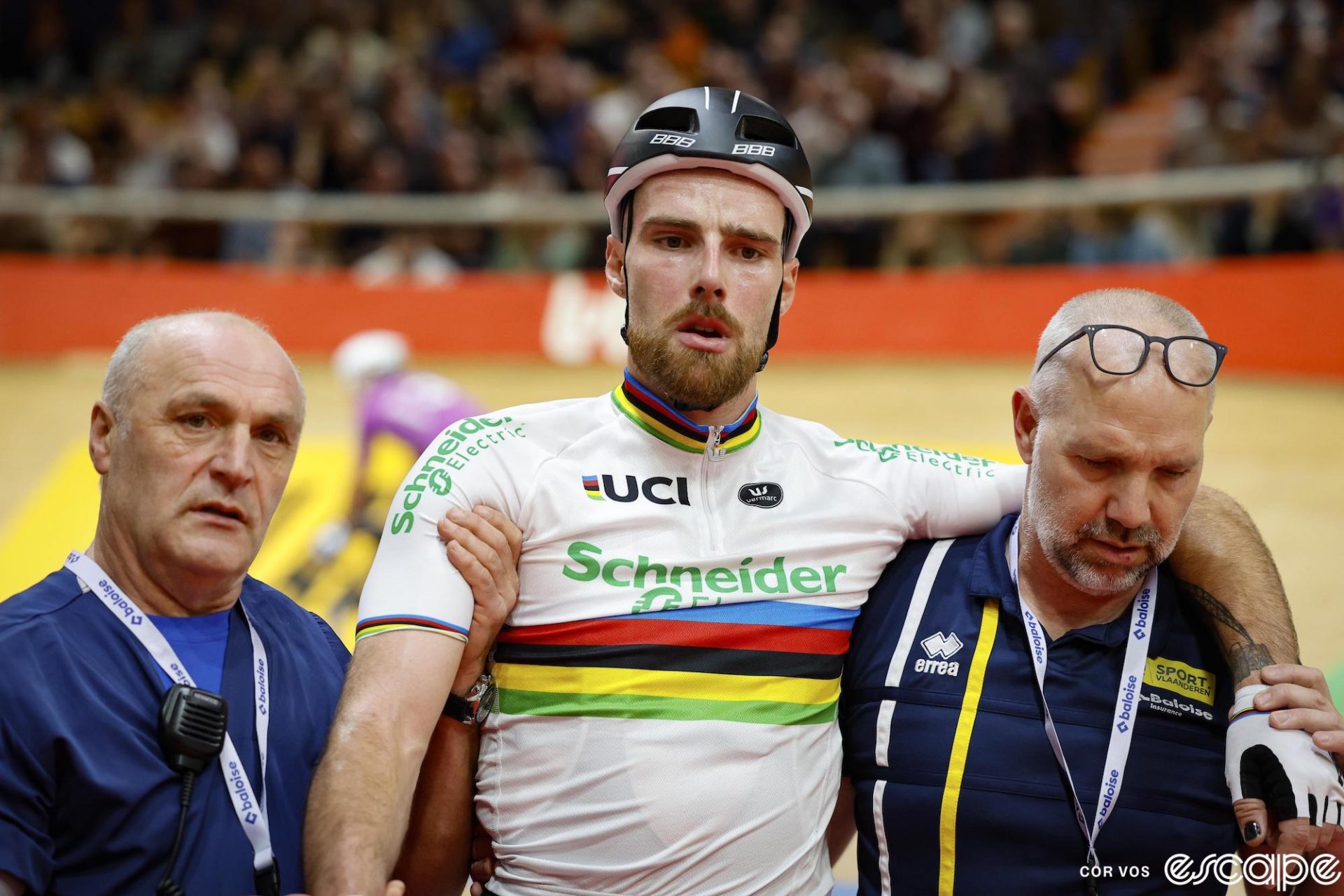
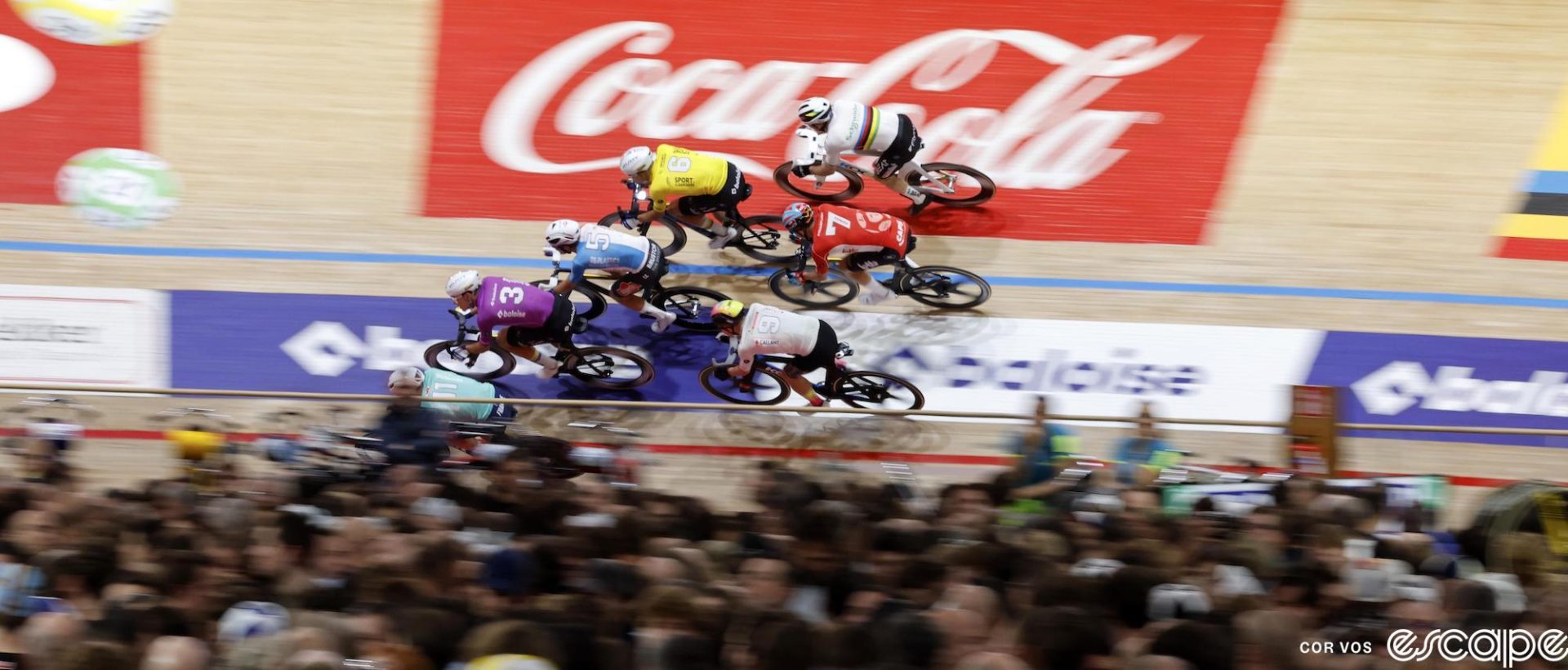
Did we do a good job with this story?

